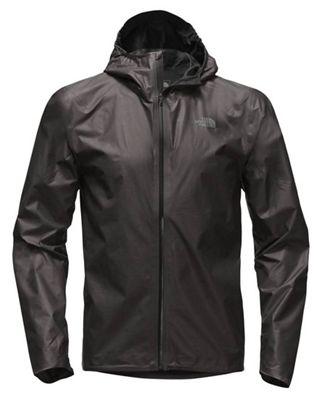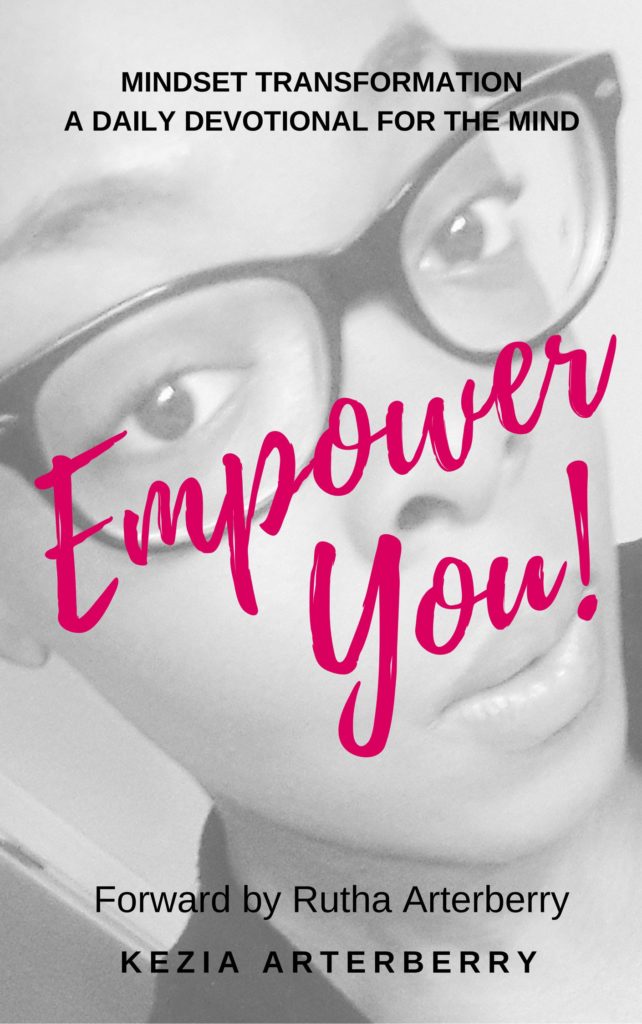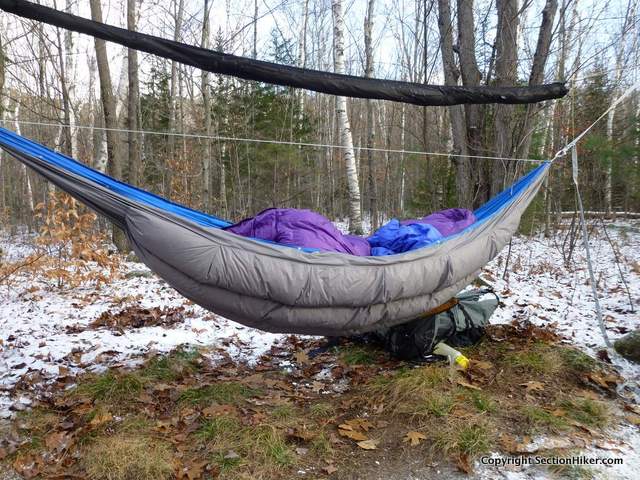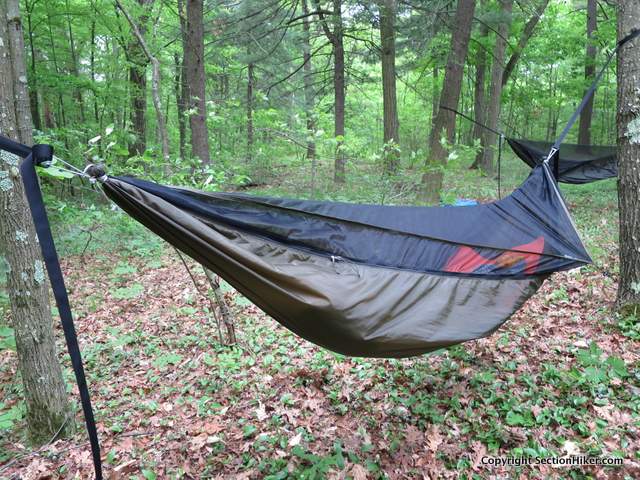
The Lifestraw Flex is a screw-on style backcountry water filter that is compatible with a wide range of soda-sized water bottles and reservoirs. While it comes with its own 22 oz soft-bottle, you can also screw it onto standard-sized soda bottles, Platypus or Evernew reservoirs, integrate it into a hose-based hydration system, use it in a gravity filter configuration, or even as a hand-held filter to drink directly out of a stream if you don't mind crawling on your belly to do it.
Specs at a Glance:
- 0.2 micron pore size
- Includes large syringe for backflushing
- Removes 99.999999 % of bacteria
- Removes 99.999 % of parasites
- Reduces organic chemical matter (pesticides, herbicides, VOCs)
- Exceeds NSF 53 standard for reduction of lead and other heavy metals
- Exceeds NSF 42 standard for chlorine reduction
- Exceeds US EPA drinking water standards for bacteria and parasites
- Microbiological filter lasts up to 2,000 liters / 500 gallons
- Replaceable carbon capsule lasts up to 100 liters / 25 gallons
- Microbiological (Blue) Filter weight: 2.0 oz
- Carbon capsule weight: 0.3 oz
- Soft Bottle weight: 1.0 oz
- Removes 99.999% of microplastics
- Do not freeze as this will break the filter element
The Flex is a two-stage filter, a microbiological hollow fiber filter (blue) that filters out bacteria and parasites, with an optional activated carbon capsule that reduces chlorine, odors, organic chemical matter and bad tastes.
The microbiological filter has a 500 gallon lifetime while the carbon capsule only lasts 25 gallons, necessitating frequent replacement if you use the two together frequently. The replacement capsules cost $10 per pair.
But you don't have to use an activated carbon capsule if you don't want to. It can be removed from the cap and the unit reassembled without it. While the taste of natural waters sources doesn't bother me, I can see the benefit of using the carbon capsule to remove additional contaminants or odors, especially if you drink water from sources near agricultural activity where herbicides and pesticides are used.

The Flex also includes a 22 oz soft bottle. It can be combined in a number of different ways with the other components of the system depending on your needs. If you just want to use it as a bottle and not a filter, you can screw the grey pour top onto it as a cap. If you want to add in the blue microbiological filter, it screws into the interior of the pour spot, which then screws onto the soft bottle. And so on, like a Russian nesting doll.
While you can fill the Flex bottle from a stream and filter water, the real utility of this product is its ability to interoperate with other bottles and containers. For instance, you can screw the filter element onto the top of a soda bottle, or a higher capacity Platypus or Evernew soft bottle, or plug it inline with a hydration system. My preferred configuration is to use the Flex filter with a Platypus reservoir to squeeze filtered into a separate SmartWater bottle.
The one weakness of the Flex system is the system's flow rate, which is comparable to a Sawyer Mini, but slower than the large Sawyer filter included with the Sawyer Squeeze System. It's also slower than the Katadyn BeFree water filter.
The advantage of using the Lifestraw Flex over the Katadyn BeFree, is its compatibility with soda bottles, Platypus/Evernew reservoirs, and the ability to mate it with hoses in an inline or gravity filter setup. The Katadyn BeFree Filter is only compatible with Katadyn or Hydrapack soft bottles, which is a pretty limited universe.

The format and compatibility of the Lifestraw Flex reminds me of the AquaMira Frontier Pro Filter (see review), which is also compatible with regular soda bottle sizes, Platypus/Evernew Reservoirs, and can be used as an inline or gravity filter when connected to hoses. The Frontier Pro however, has a limit 50 gallon lifespan. The only other filter that can be used on all of these configurations is the Sawyer Mini, which is rated for 100,000 gallons (probably exaggerated), but has a pore size that's 0.1 micron compared to the Flex's 0.2 (microns).
Net net, if you want a water filter that is widely deployable in different configurations and reduces chlorine, odors, organic chemical matter and bad tastes, then the Lifestraw Flex with its activated carbon capsule is really the best alternative compared to the Sawyer Mini, Squeeze, Katadyn BeFree, and AquaMira Filters.
- If you don't need an activated carbon filter, but you do want the ability to support a wide range of bottle types and hose-based configurations, the Sawyer Mini is probably the best choice because it has a longer lifespan than the Flex and a smaller pore size.
- If filtering speed is your biggest priority, I'd opt for the Katadyn Befree 3.0L water filter, which is the fastest option.
- If speed and bottle/reservoir compatibility are your most important needs, then I'd recommend the Sawyer Squeeze.
Disclosure: The author purchased this product with his own funds.
The post Lifestraw Flex Water Filter Review appeared first on Section Hikers Backpacking Blog.
from Section Hikers Backpacking Blog https://ift.tt/2HYAYj1


